Moringa Benefits for Children
Jumpstarts Good Nutrition for Better Health
Are you missing your kids riding a bike, running around, dancing and jumping during playtime lately?
It is usual to see children tired after doing vigorous activities. But, what if their energy is always on the slump, the sparkle in their eyes disappears and their boisterous laughter starts to wane? Should you take it as ordinary mood swings or should you start to worry?
Neglecting these "low batt" signs can possibly lead to serious nutrition problems. Weakness, fatigue, poor vision and lack of concentration may indicate that your kids are experiencing hidden hunger.
Hidden Hunger : Modernized Micronutrient Deficiencies
Relatively new to the ears of most, hidden hunger has been a persistent antagonist in the public health sector. Hidden hunger is the modernized term for micronutrient deficiencies that affect infants and children in the country.
According to the 2008 National Nutrition Survey of the Food and Nutrition Research Institute (FNRI), micronutrients like iron, vitamin A and iodine are commonly lacking in the diet of Filipino children.
These micronutrients, if not supplemental adequately in your child's diet, may eventually delay normal growth, mental development and overall health.
How will parents protect children from hidden hunger? Though the government actively supports programs alleviating hidden hunger through food fortification, supplementation and nutrition education, practical solutions that can be done at home still need to be developed.
FNRI-DOST's Plan of Action
Related to this, researchers from the FNRI of the Department of Science and Technology (DOST) led by Miss Leah A. Perlas evaluated the consumption of vegetables widely available in the country. Often added in soupy Filipino favorite dishes like chicken tinola and chicken binakol, moringa has evolved in form and use. Leaves may now be served raw or dry.
Packed with Iron, vitamin A, B-vitamins, calcium and other micronutrients, moringa is recognized as a potent food source that can help ease micronutrient deficiency. Thus, moringa is gaining popularity as the "wonder gulay (vegetable)".
MLP Fortification
The moringa leaves powder (MLP), as used in a study by the FNRI, can easily blend with various dishes without affecting overall flavor.
The study included 121 school children 8 to 12 years old who are underweight, anemic or both. The subjects were then divided into two groups.
For 120 days, half of the group was fed with snack foods containing 3 grams of MLP, while the other group was given non-MLP fortified preparations. Arroz caldo, ginataang mais, macaroni soup, pancit canton and polvoron were the selected snack foods fed to children under the supervision of the researchers to ensure validity and accuracy of feeding.
After 3 months of feeding, children who consumed MLP-fortified snack foods recorded an increase in their vitamin A intake, height, weight, hemoglobin levels and serum and red cell folate compared to those who consumed non-MLP-fortified snacks.
Both groups had increased retinol levels while no effect was observed in terms of their riboflavin and calcium parameters. Retinol is preformed vitamin A present only in animal foods. Nonetheless, more than half of the MLP group that was classified as severely thin improve in nutritional status compared to the non-MLP group.
Moringa Benefits for Children : Just Add 3 Grams!
The findings of the study support moringa's potential in improving the micronutrient levels in a child's diet. With moringa, parents now have a better choice of an additional ingredient in enhancing their child's health and nultritional well-being. Just by adding 3 grams of moringa leaves powder, we can help our children pave the way to a better future. Of course, it is still best to feed them with a variety of nutritious foods with lots of tender loving care as they grow up to become healthy adults.

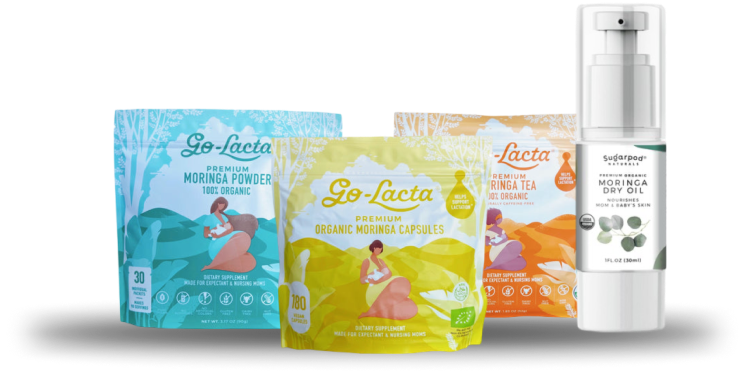
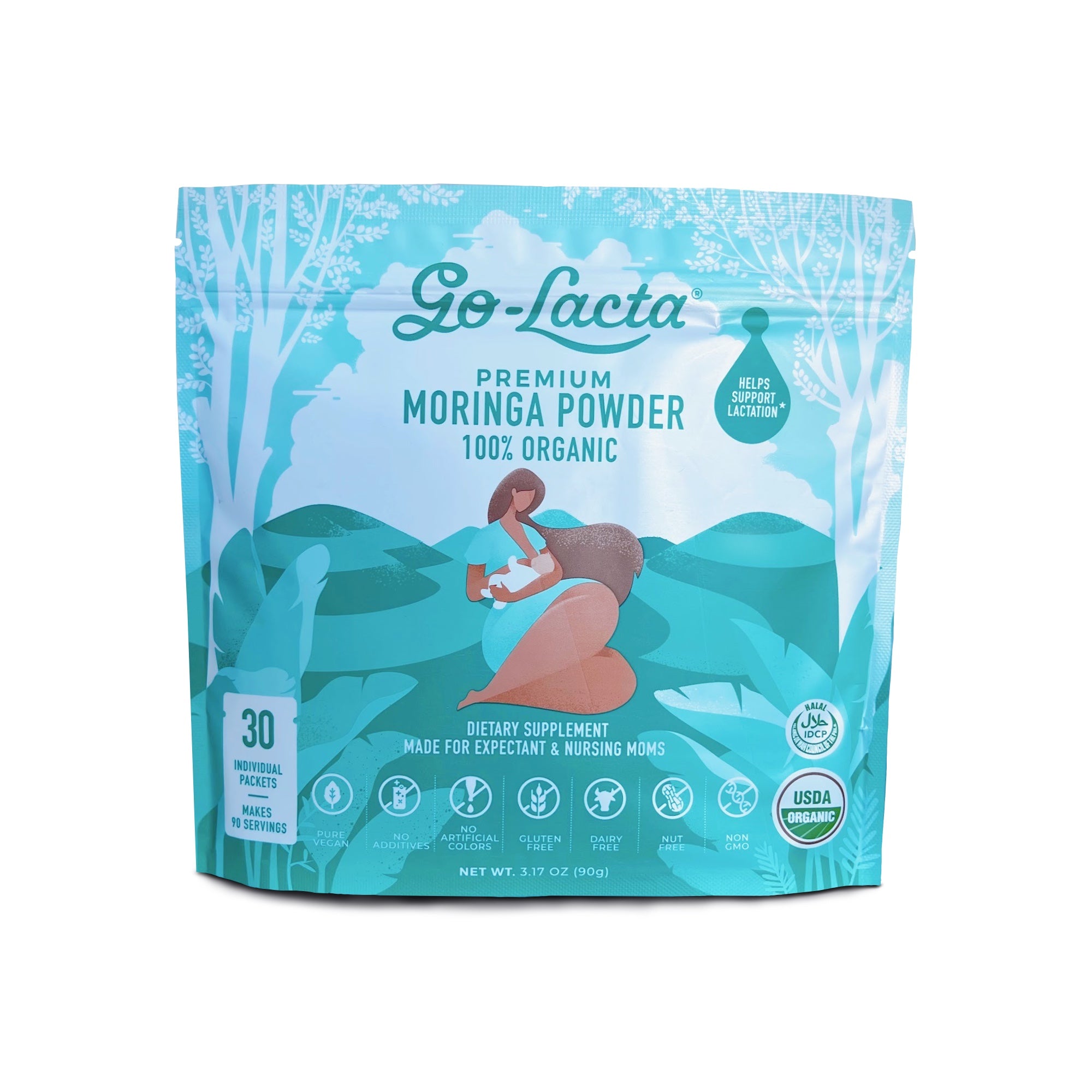
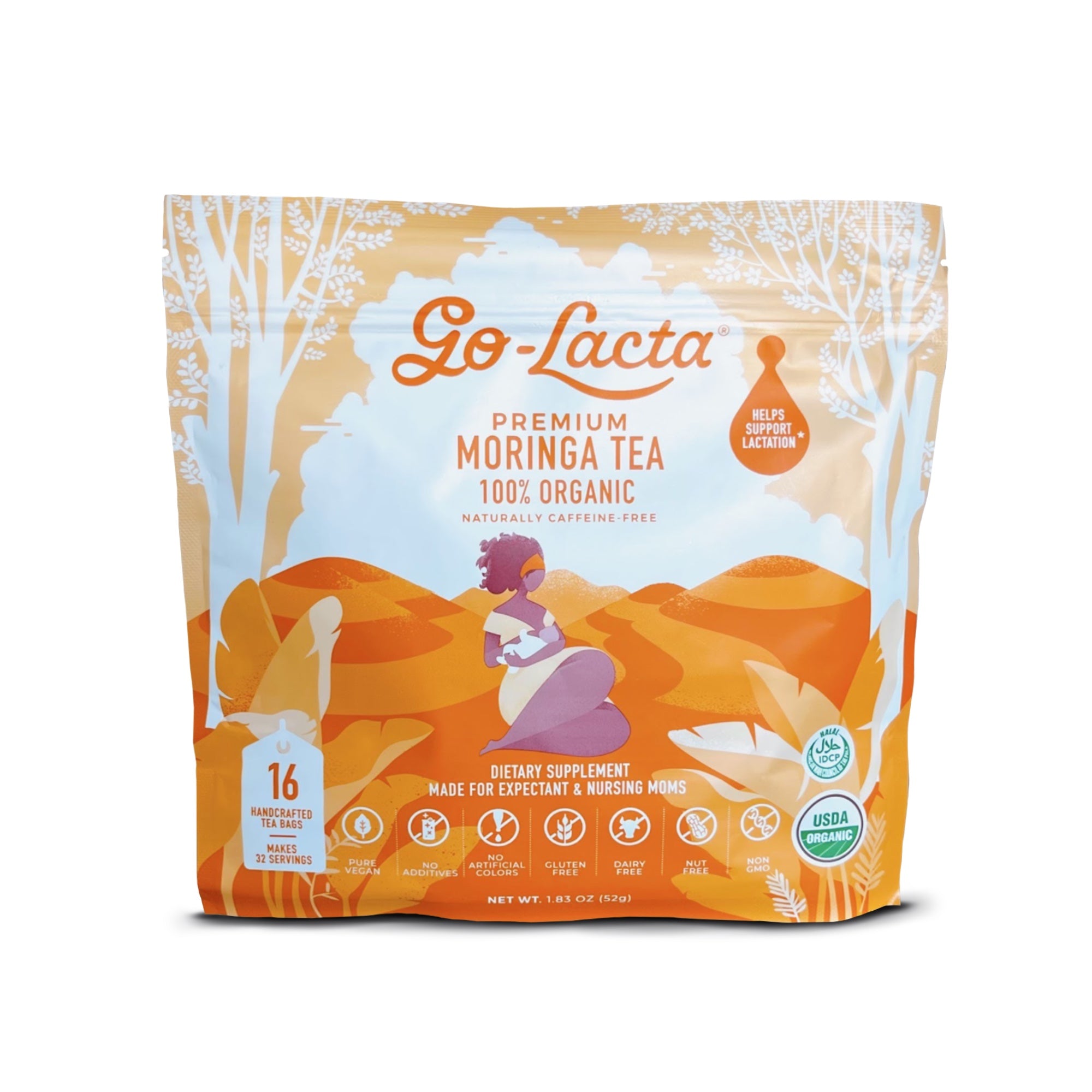
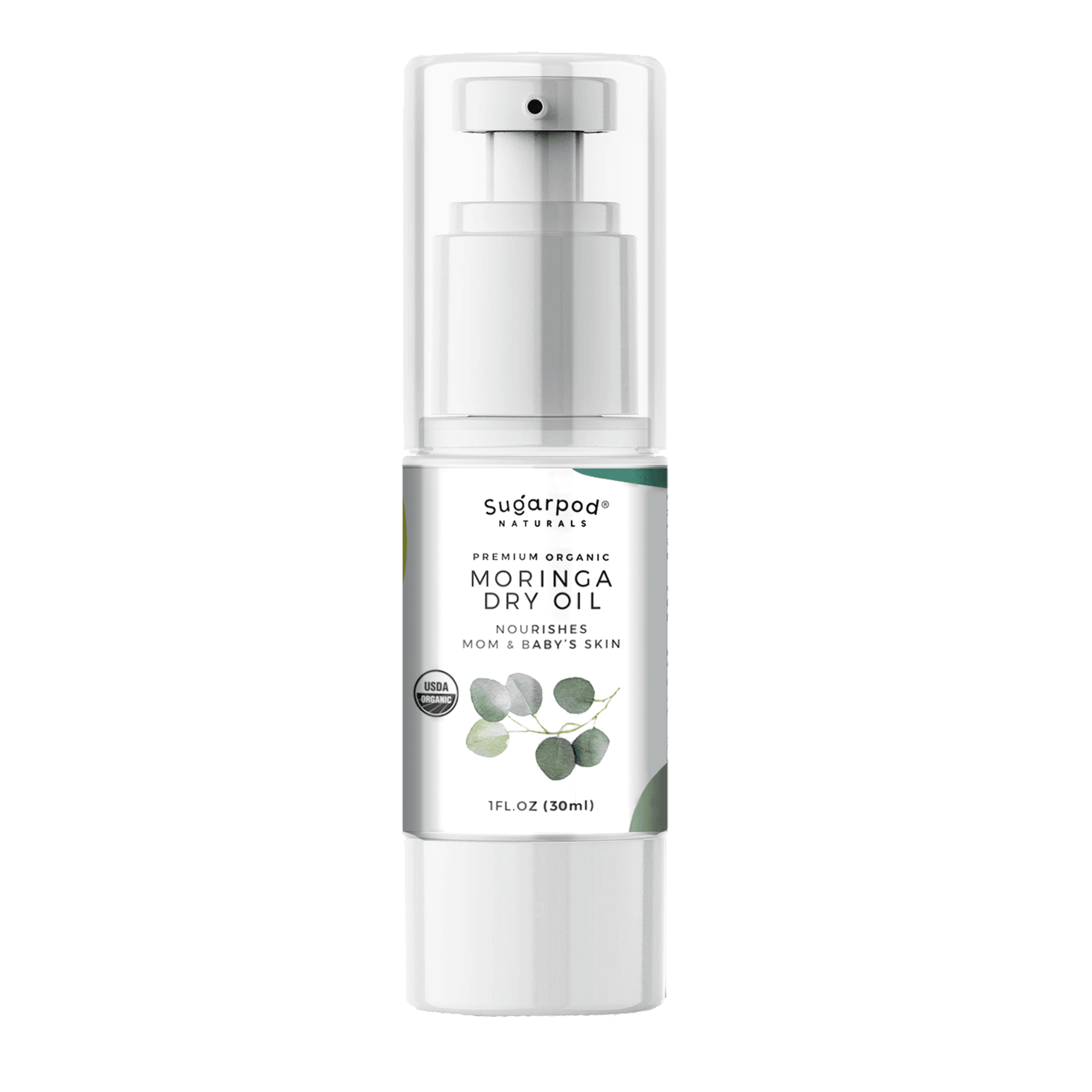

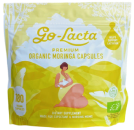





Leave a Comment
Your email address will not be published. Required fields are marked *